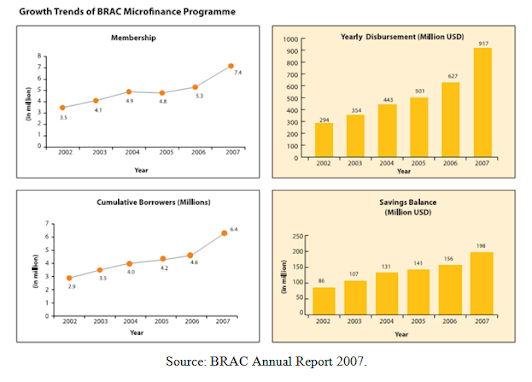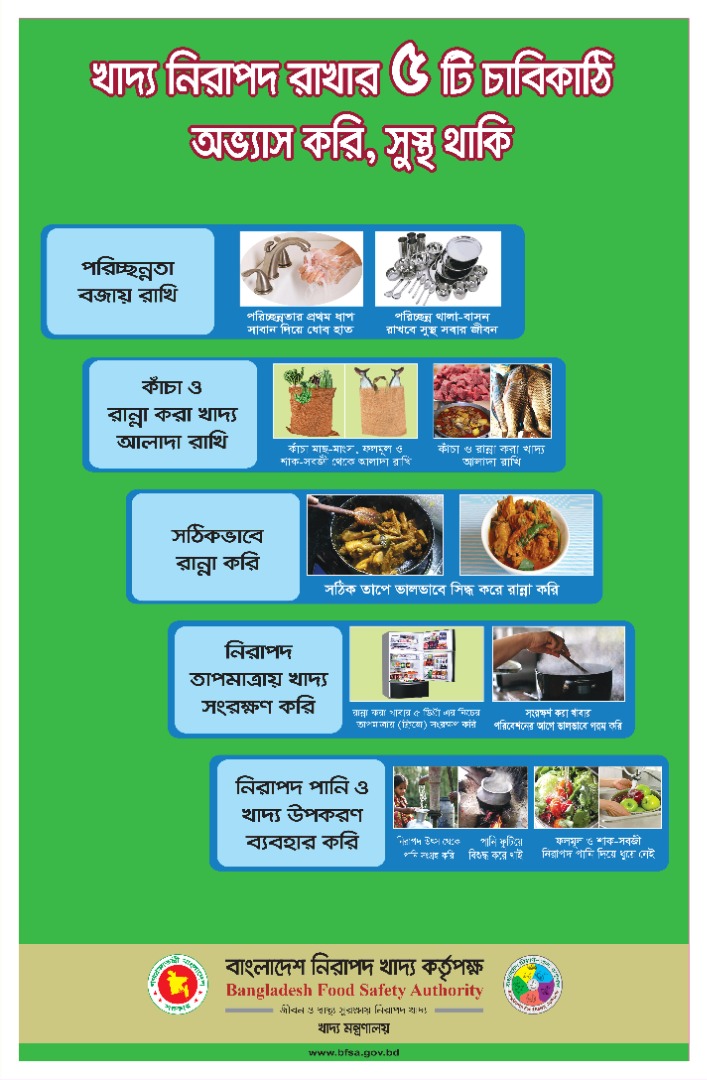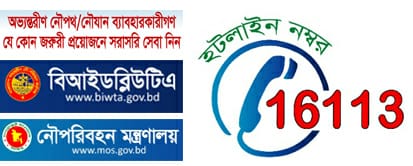Training and development Process of Brac - One of the Largest NGOs in the World
Training and development Process of Brac - One of the Largest NGOs in the World:
HR policy of BRAC:
BRAC is the largest NGO in the world. To
demonstrate and reflect its goals and objective for social development in its
HR policies BRAC has implemented its own human resource policies and procedures
(HRPP). The HRPP has been revised on 1st October 2005. The HRPP includes all possible policies to
run its day-to-day activities and it has been segregated into seven chapters.
They are named:
§
Chapter One: Conditions of Employment
§
Chapter Two: Service benefits
§
Chapter Three: Classification of leave and regulations
§
Chapter Four: Disciplinary rules and regulations
§
Chapter Five: Job Separation
§
Chapter Six: Service-related files and others
§
Chapter Seven: Annexure
Important HR Function:
1. Policy,
Progress & Communications ( PPC )
1. HRPP
Monitoring
Compose the Annual Plan of HRD by compiling
the section-wise annual plan.
Prepare an HR Policy for the Service and
Project Staff of BRAC
Network with other organizations in
order to share best practices of HR in the field of Performance Appraisal,
Salary & Fringe Benefits.
Formulate a working manual (Operational
guideline) for every unit of HR.
Conduct a census survey to determine the
total number of staff working in BRAC by considering the sex, program/ department, and working area of a spouse.
Prepare job description on the basis of
level or designation.
Staff satisfaction survey on HR
services.
Revisit Designation to standardize for
different levels of staff.
1. Networking
Half-day discussion forum within
different programs
Communication
Prepare an annual plan for HRD
Arrange internal monthly meetings &
prepare minutes.
Coordinates the overall activities that
involve the whole of HR.
1. Policy Formulation
& Dissemination
Revisit Human Resource Policy
and Procedure (HRPP)
Merge existing two policies
(HRPP & Policy of Service Staff)
Prepare circular
regarding policy
Update the existing formats and
prepare new formats
HRPP orientation for
(HR staff – HO & FO, different programs of HO staff & Aarong staff)
Half-day orientation
on policy entitlement for all BRAC staff
HSP seminar for Sr.
Management
HR performance survey
1. Compliance
with Law
Revisit the existing HRPP by
considering revised Labor Law.
Develop a compliance Monitoring report
Staff Development
Internship management
Arrange new staff orientation of HO
Arrange HR-related training
Communication and relation building
within and outside of the organization
Prepare annual report of HRD
Prepare quarterly HR Bulletin
Study circle
Train the Human Resources officers of
BRAC (THROB)
TOT on HSP and gender for HO staff
Follow-up Individual Operational Plan
(IOP)
Collect training materials from the
staff who attend training
Exposure visit (Exchange staff from HO
to FO, FO to HO & BRAC to different organizations – within or outside the
country)
Manage HR-related activities of Internal
& International Training, Travel, and Higher Study
Prepare a summary of pieces of training received
by HRD Staff.
Send HR-related
articles, a summary of training, and important articles on HSP to ‘SHETU’

Analysis and Findings
of HR Policy for HR Department:
With human nature being what it is, employees
will test limits and act “creatively” in workplace situations, so we need a
strategy for developing, communicating and enforcing a set of policies and
practices that reflect our standards of acceptable behavior.
But a successful policies and practices
strategy does more than draw boundaries; it also recognizes and addresses
people’s needs.
Organization’s mission and vision:
Vision: The vision is of a just, enlightened,
healthy, and democratic world free from hunger, poverty, environmental
degradation, and all forms of exploitation.
Mission: Mission is to work with people whose lives are dominated by
extreme poverty, illiteracy, disease, and other disadvantages. With a holistic
approach, we strive to bring about positive changes in the quality of life of
people who are poor. We achieve our mission by:
§
Working with the poor, especially women and children;
§
Engaging in multifaceted development interventions;
§
Striving to promote positive changes in quality of life;
§
Working towards attaining socially, financially, and
environmentally sustainable programs;
§
Actively promoting human rights, human dignity, and gender
equity;
§
Helping to shape national and global policies on poverty
reduction and social progress;
§
Fostering the development of human potential;
§
Offering professional development opportunities to our staff;
§
Encouraging commitment to the goals and values of the
organization.
Nature of Business:
In Bangladesh, the poor have traditionally
been denied access to the formal banking system, as they are unable to provide
collateral for loans and typically deal in small amounts of money. This
means that they have few opportunities to save, borrow and invest. Moneylenders
in the informal credit markets charge very high-interest rates which also
restricts people’s access to credit. BRAC believes that making credit, which can
be invested in productive activity, universally available is essential in
reducing poverty.
BRAC launched its microfinance program in
1974 to encourage the increase of income for the poor through the setting up
and expansion of income-generating activities and microenterprises. BRAC works
to provide collateral-free financing to the poor, especially women, in both
rural and urban areas, in a simple, efficient and affordable manner.
Their approach differs from that of other microfinance
institutions – they utilize a credit-plus approach where loans are accompanied
by various forms of assistance for the borrowers, such as skills training,
provision of higher quality inputs and technical assistance as well as
marketing for finished goods.
They organize our members into village
organizations (VO) of 30- 40 women. BRAC's members are encouraged to use their
credit facilities to start new enterprises or expand existing ones and as they
increase their business, they progressively graduate to larger loans. Aside
from microfinance, these VOs act as a gateway for BRACs members to their other
interventions in health, education, and social development.
BRAC offers two different microfinance
products: microloans (group-based, exclusively for women) and microenterprise
loans (individual loans for both men and women) under three different schemes
which are Debi, Unnoted, and Progoti. Group-based small loans are particularly
designed for the lower-end poor to assist them in undertaking income-generating
activities. Microenterprise loans are available for small entrepreneurs to
offer scope for expanding their businesses and capital base.
Today, BRAC is one of the largest global
providers of financial services for the poor. As of December 2007, the program
was serving 7.37 million poor, landless and disadvantaged people, mostly women,
through 260,785 village organizations. So far BRAC has disbursed BDT 270,738
million (USD 4,638 million) with a 99.5% recovery rate. Activities of BRAC:
Economic Development Program:
BRAC’s Economic Development Programmed has so
far organized nearly 5 million poor and landless people, mostly women into
160,197 Village Organizations (VO). These village organizations serve as forums
where the poor can collectively address the principal structural impediments to
their development, receive credit, open savings accounts, and build on their
social capital. BRAC microfinance is programmed, by offering credit to the poor,
assisting and encouraging them to save. BRAC Microfinance Programmed has so far
disbursed Taka 165,794 million with a 99.49% recovery rate where no collateral
is required. Members have saved up to Taka 9,159 million with BRAC.
Non-formal primary
education:
BRAC has started the program in 1985. The program
started with 22 one-room schools and has grown to about 31,877 primaries and 16,025
pre-primary schools by 2005. It fulfills BRAC’s goal of poverty reduction
through access to education for those traditionally outside formal schooling.
The BRAC schools teach the same competencies as the government schools. However,
they enroll and retain a higher proportion of hard-to-reach children, such as
girls who make up 65% of the student body. Currently, BRAC schools have enrolled
about 14,471 children with disabilities, helping them overcome visual, hearing, and speech impairments along with mental and physical challenges.
Essential health care
program:
BRAC’s Essential Health Care Programmed, aside
from partnership programmers with the government covering tuberculosis, malaria,
immunization, and sanitation, offers a broad range of services to the poor
including critical services in reproductive health care and disease control,
mobilization of women, and dissemination of information among the poor.
Support programs:
Support programmers at BRAC include the
Training Division, research and Evaluation Division, Advocacy and Human Rights
Division, Public Affairs and Communications, Administration and Special
Projects, and Internal Audit and Monitoring. These programmers provide
continuous support that is essential to the success and smooth functioning of
BRAC’s core program.
BRAC has invested substantially in commercial
enterprises, one of which is Aarong (a chain of retail
handicraft stores), which links poor rural producers with the expanding urban
markets. Other enterprises include the BRAC Dairy and Food Project, which is
the second largest liquid milk plant in Bangladesh, with an integrated system
of milk procurement from rural dairy farmers to the production of quality dairy
products. 6 Poultry Farms and 3 Feed Mills have been set up to meet the
increasing demand for healthy chicks and quality feed in rural areas as well as
to provide supply access to women trained in a variety of aspects of poultry
rearing. programmed Support Enterprises, created from synergies between
activities generated by microfinance beneficiaries and BRAC, s commercial
ventures, consists of BRAC Printers, cold storage, a tissue culture lab, 23
seed production and 2 processing centers, 12 fish and prawn hatcheries and a
bull station to improve cattle breeds through artificial insemination.































































কোন মন্তব্য নেই